


Ph.D. Student
Computer Science Department
University of Colorado Boulder
Email: first.last@colorado.edu
Office: DLC 170K
I am happy to chat about applying to graduate school/GRFP -- feel free to reach out!
I am a final-year Computer Science Ph.D. candidate at the University of Colorado Boulder and a Machine Learning Engineer at Adobe Firefly, working on infrastructure for generative AI. My PhD research focuses on automating tedious tasks in image editing applications, such as selection, and developing efficient models for use in accessibility and creative applications. I am honored to be supported by the National Science Foundation through a GRFP Fellowship and to be advised by Danna Gurari. I also frequently collaborate with the talented folks at Adobe Research.
In the past, I’ve had the privilege of interning at the Allen Institute for AI, where I worked on unsupervised learning for remote sensing time series change detection with Favyen Bastani and Aniruddha Kembhavi. I also spent time at Adobe Research, working on interactive segmentation with Brian Price, Yifei Fan, Kangning Liu, and Jason Kuen. Additionally, I had a great experience at the Pacific Northwest National Laboratory, working on natural language processing problems and VR applications related to national security and biosurveillance with Karl Pazdernik.
Before my Ph.D., I earned my Bachelor's degree (with a brief stint in studying social work) at Western Washington University, where I worked on Computational Photography and Geospatial Computer Vision with Scott Wehrwein and Structural Bioinformatics with Filip Jagodzinski. During my time there, I also worked as a web application developer, focusing on making websites more accessible and compliant with WCAG 2.0 guidelines.
Outside of my work, I embrace the Boulder stereotypes through trail and ultra running, climbing, cooking, knitting, and biking.
For a complete list of my work, please check out my Google or Semantic Scholar.

Josh Myers-Dean, Jarek Reynolds, Brian Price, Yifei Fan, Danna Gurari
European Conference on Computer Vision (ECCV) 2024
Project Page Paper (arXiv) API (Github) Supplemental Material (46MB PDF)
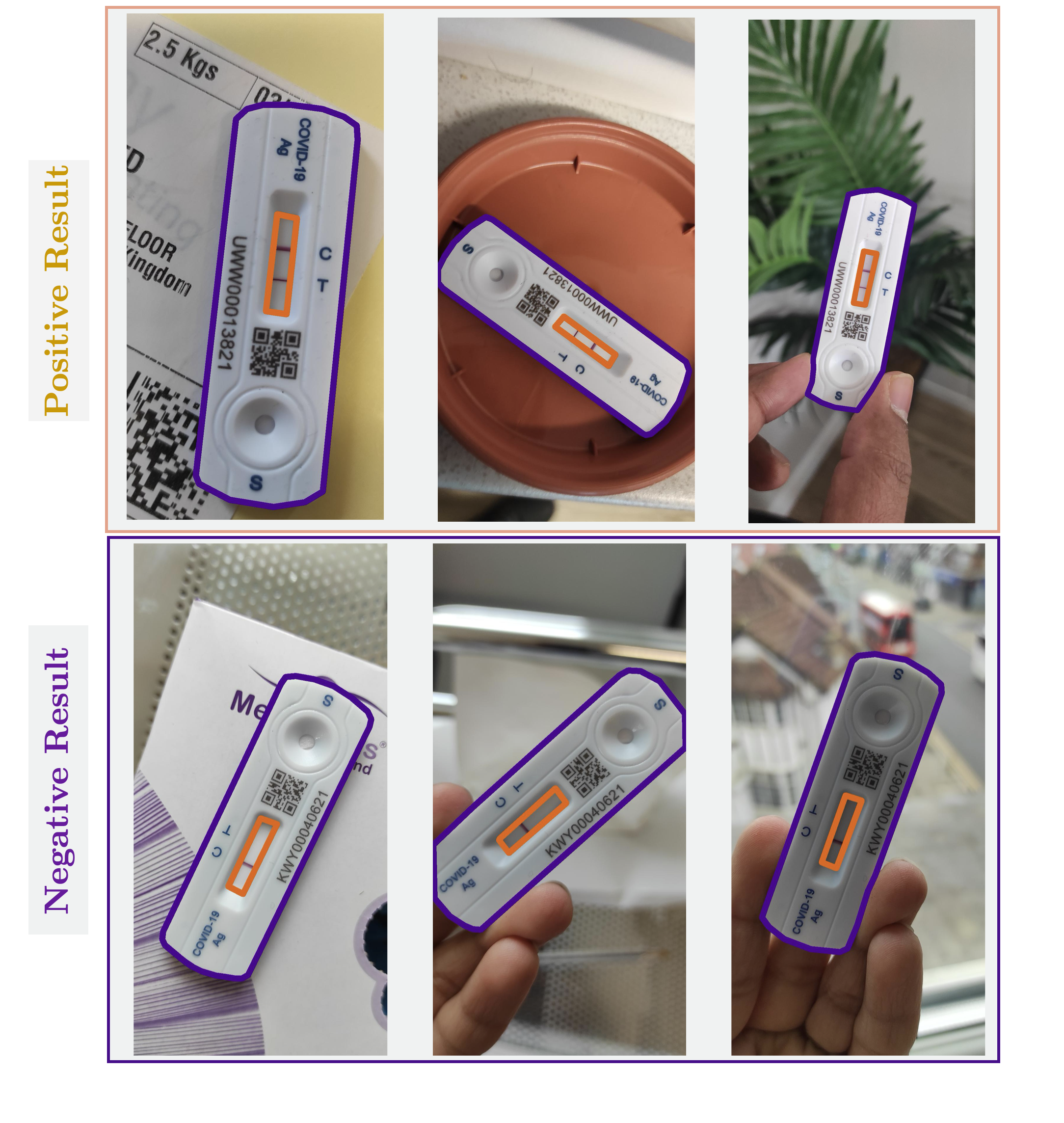
Stuti Pandey, Josh Myers-Dean, Jarek Reynolds, Danna Gurari
CVPR DEF-AI-MIA 2024
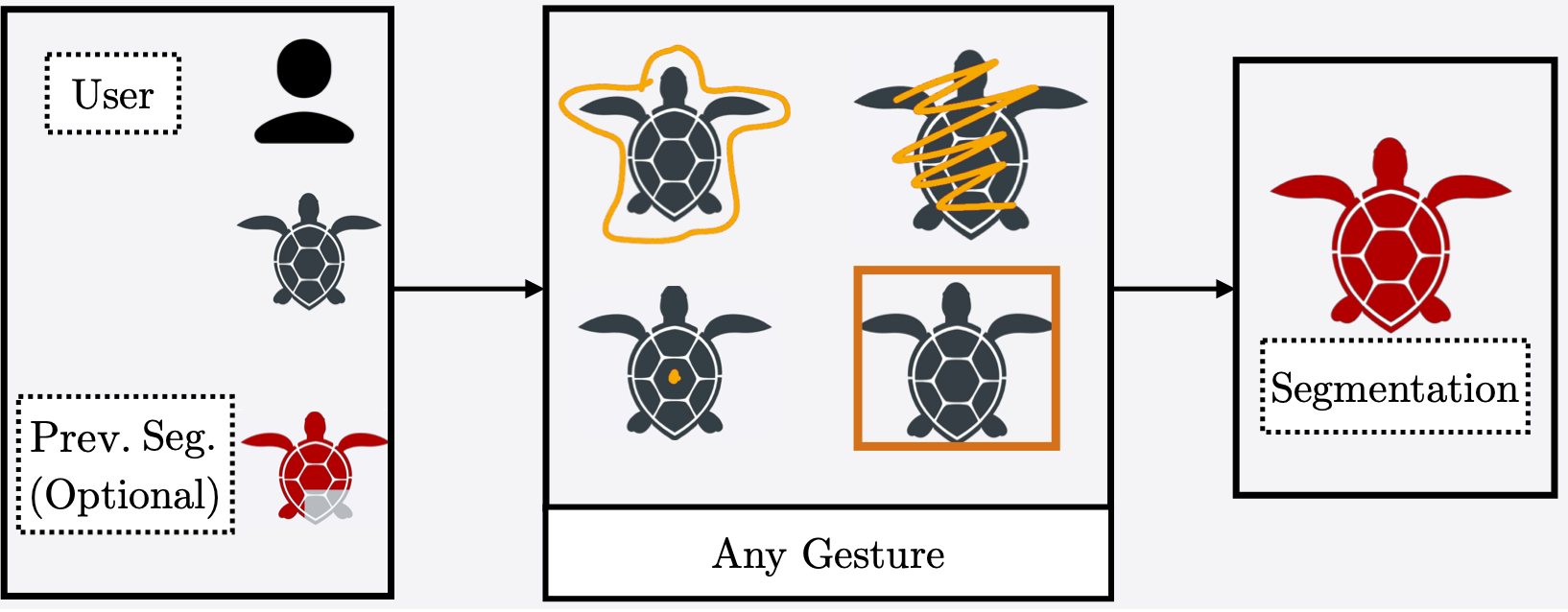
Josh Myers-Dean, Yifei Fan, Brian Price, Wilson Chan, Danna Gurari
IEEE Winter Conference on Applications of Computer Vision (WACV) 2024
Project Page Paper (3 MB PDF) Code (Github) Supplemental Material

Trevor Ortega, Thomas Nelson, Skyler Crane, Josh Myers-Dean, and Scott Wehrwein
IEEE Winter Conference on Applications of Computer Vision (WACV) 2023
Project Page Paper (5.1 MB PDF) Code (Github) Supplemental Material
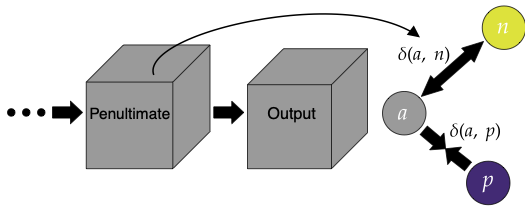
Josh Myers-Dean, Yinan Zhao, Brian Price, Scott Cohen, Danna Gurari
arXiv preprint
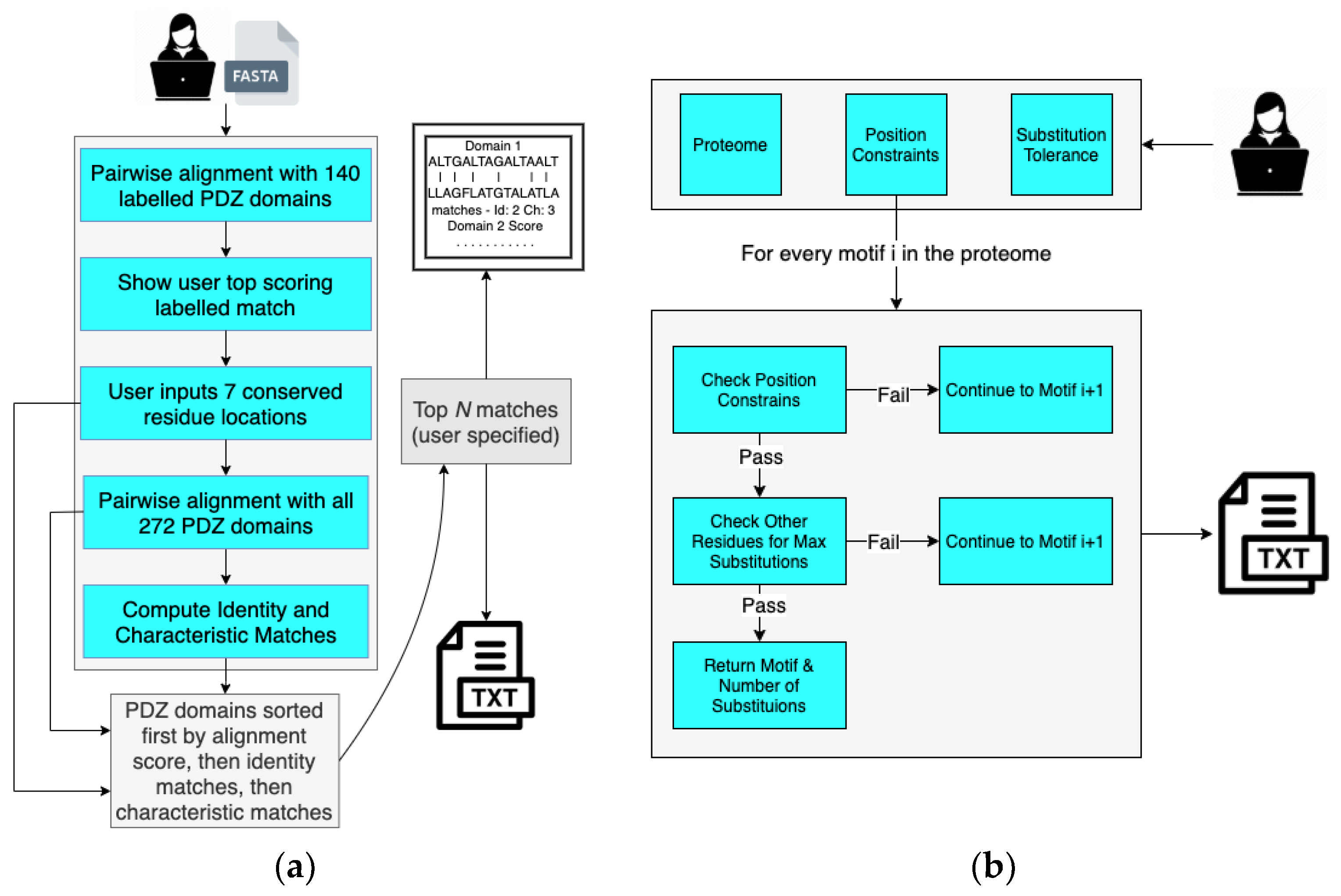
Haley A Wofford, Josh Myers-Dean, Brandon A Vogel, Kevin Alexander Estrada Alamo, Frederick A Longshore-Neate, Filip Jagodzinski, Jeanine F Amacher
Molecules
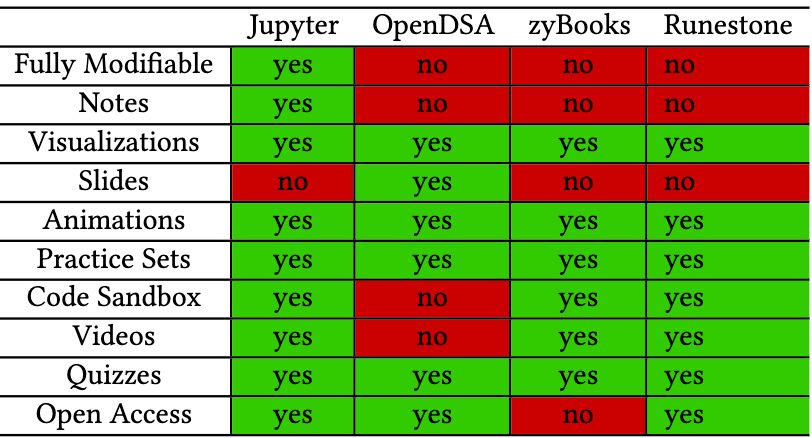
David H Smith IV, Qiang Hao, Christopher D Hundhausen, Filip Jagodzinski, Josh Myers-Dean, Kira Jaeger
Proceedings of the 52nd ACM Technical Symposium on Computer Science Education
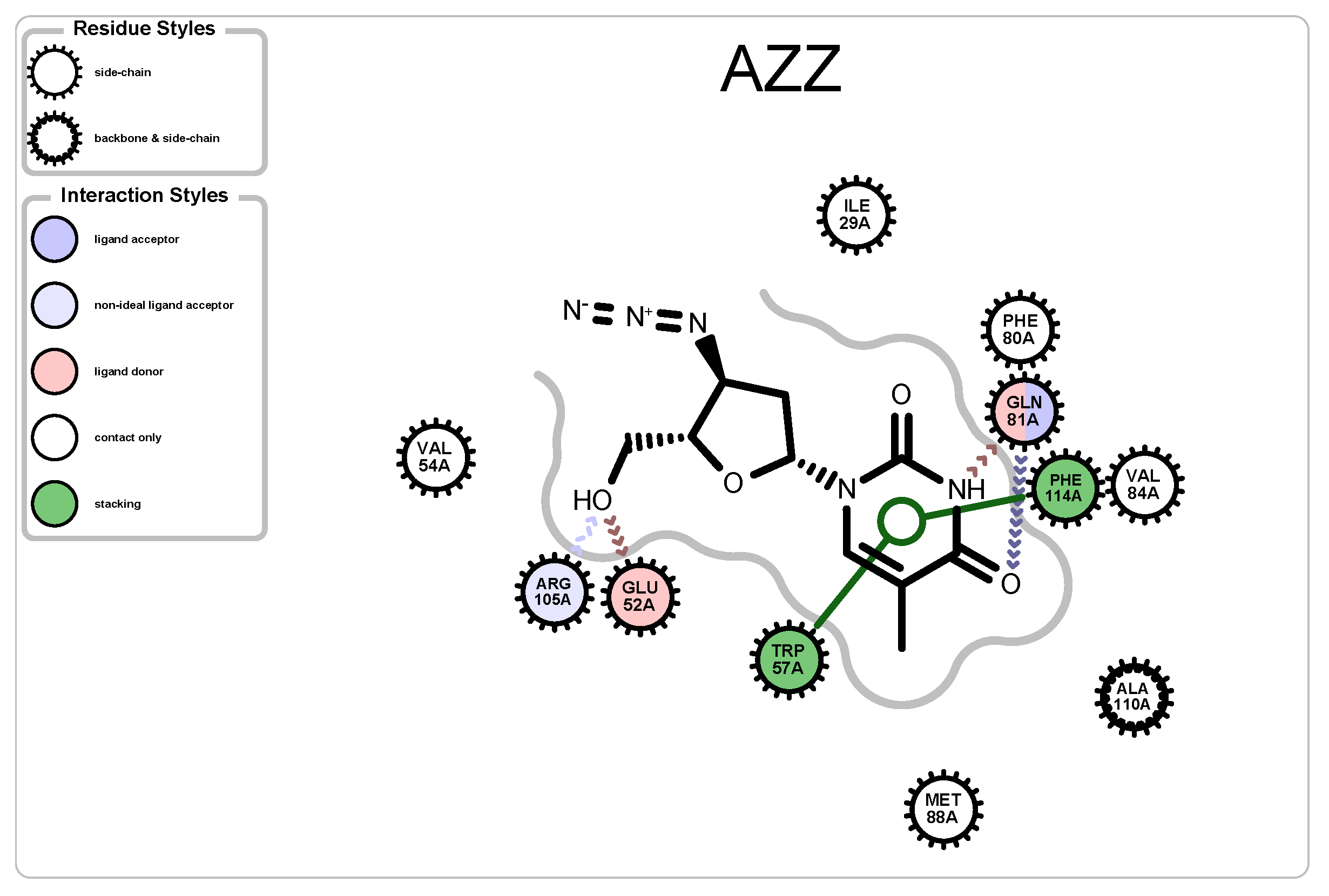
Sam Herr, Josh Myers-Dean, Hunter Read, Filip Jagodzinski
Molecules